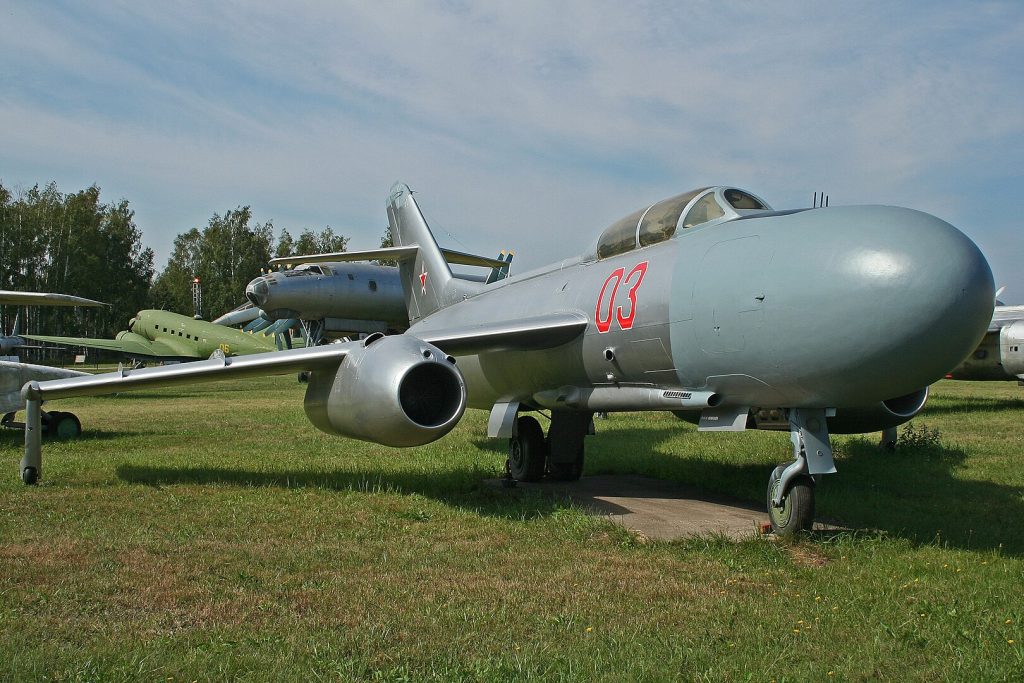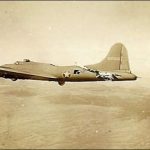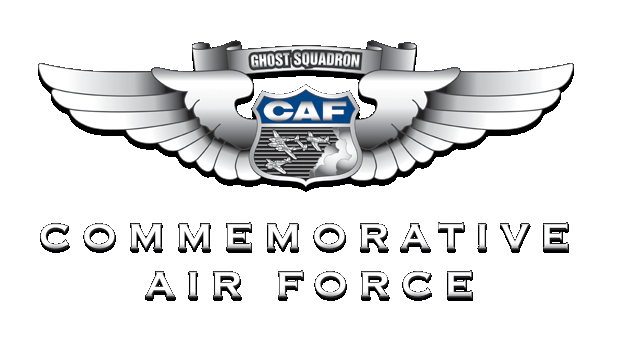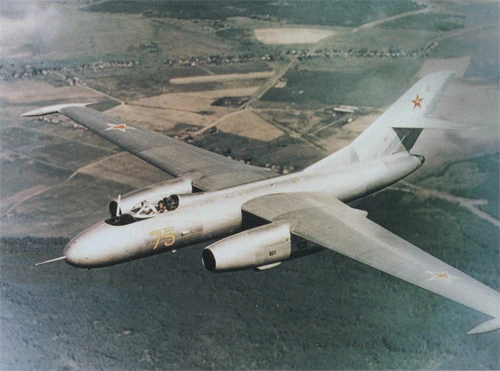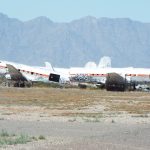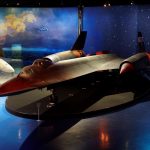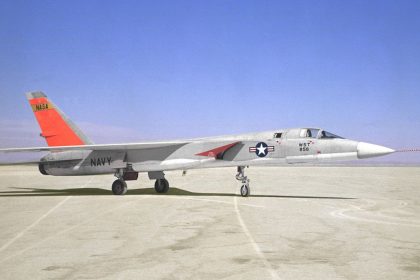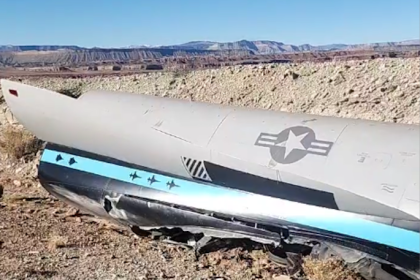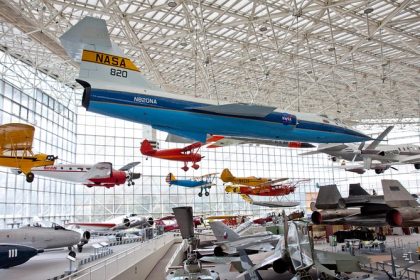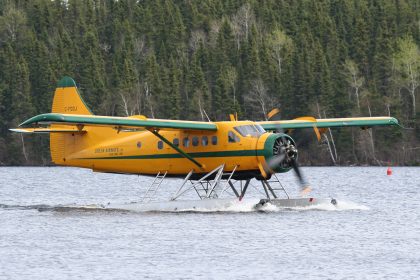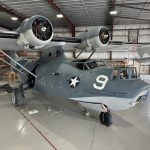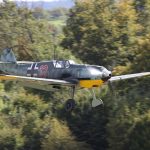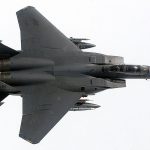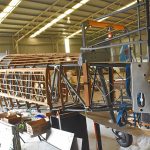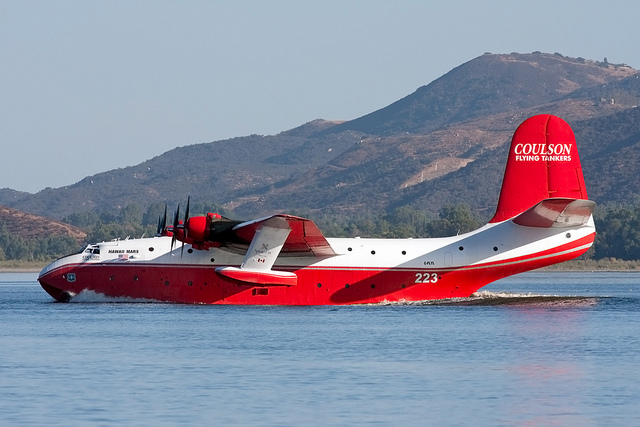
On this day in aviation history, 73 years ago (June 19, 1952), the Yakovlev Yak-25 took to the skies for the first time. Known to NATO as the “Flashlight-A” or “Mandrake,” the Yak-25 was a swept-wing, twin-jet interceptor developed by the Soviet Union during the early years of the Cold War. The aircraft was designed to fulfill the USSR’s urgent need for a long-range interceptor capable of defending its vast northern and eastern frontiers. That requirement was formalized on August 6, 1951, when Joseph Stalin issued a directive calling for such an aircraft.
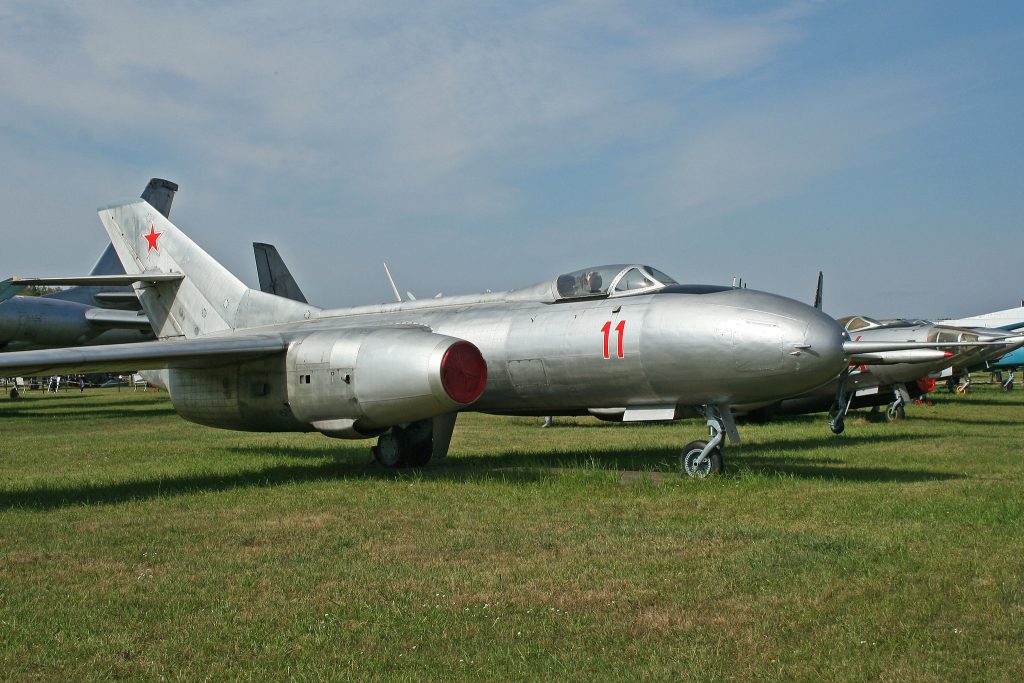
The resulting prototype, designated Yak-120, was developed by the Yakovlev design bureau. On its maiden flight, test pilot Valentin Volkov was at the controls. The Yak-120 was advanced for its time, featuring de-icing equipment, sophisticated avionics for all-weather operation, and the RP-6 Sokol radar system, capable of detecting bombers at 25 kilometers and fighters at 16 kilometers. To support long-range missions, additional fuel capacity was built into the design, allowing flight durations of up to 4 hours and 15 minutes with an auxiliary tank.

The production Yak-25 featured a crew of two—a pilot and a radar intercept officer—and was powered by a pair of Mikulin AM-5 turbojet engines, each producing 4,410 pounds of thrust. The interceptor could reach speeds of up to 677 mph, operate at altitudes of nearly 40,000 feet, and had an operational range of 1,677 miles. Its armament was simple but powerful: two 37mm Nudelman NL-37 cannons, each with 50 rounds. During its production run, 483 Yak-25M interceptors and 155 Yak-25RV reconnaissance variants were built. The Yak-25M was retired in 1967, while the RV version remained in limited service until 1974. Although none are airworthy today, a few examples survive in museums, including one on display at the Central Air Force Museum in Monino, near Moscow. While often overshadowed by later Soviet interceptors, the Yak-25 was a capable and forward-looking aircraft that marked an important step in the development of Soviet air defense during the Cold War.
